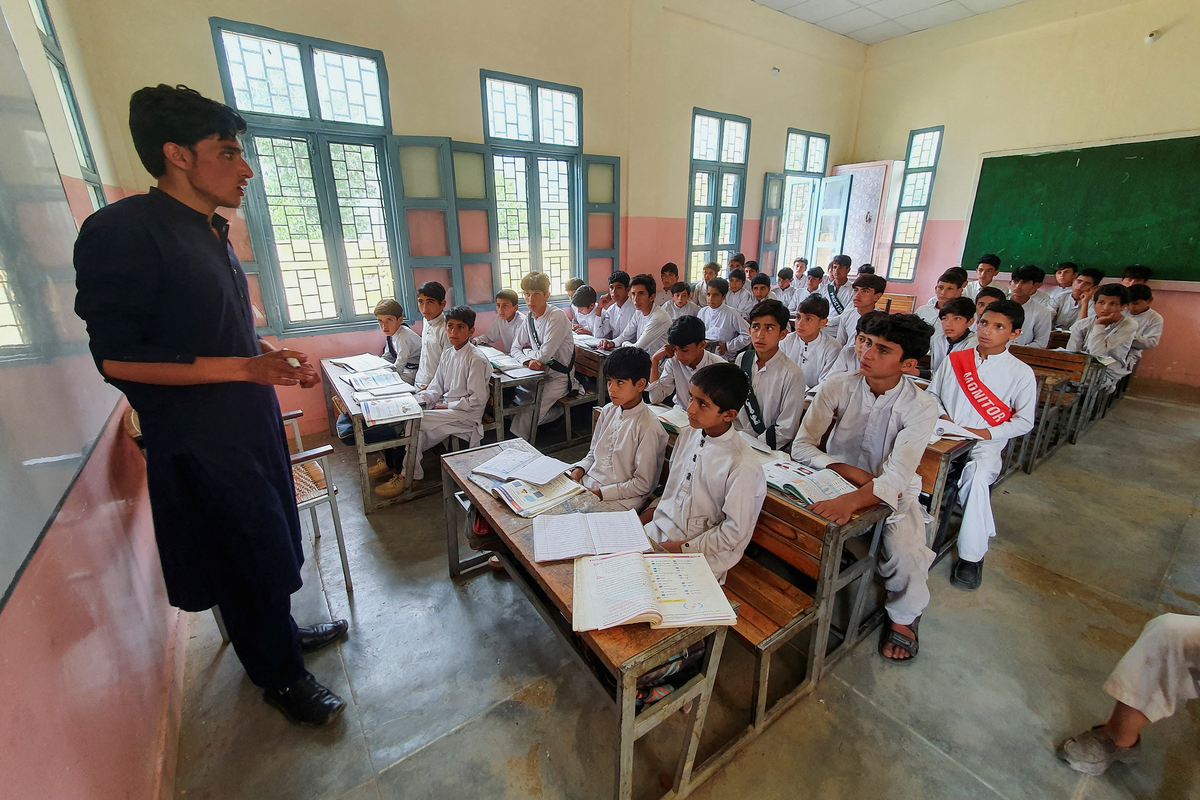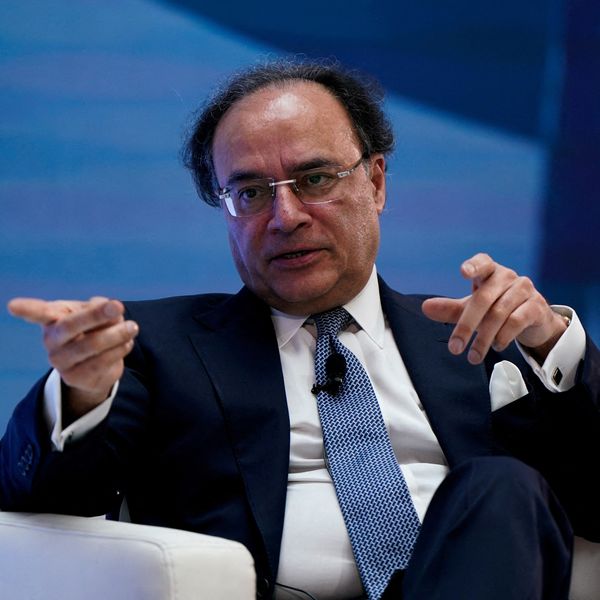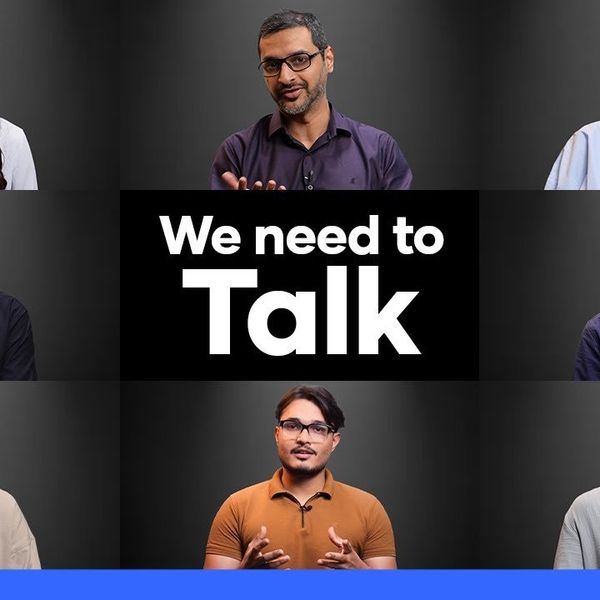‘Right to education’ in tatters as school dropout rates double in Pakistan’s capital
Without urgent reform to uphold Article 25A, which guarantees free education, experts warn Pakistan risks deepening cycles of illiteracy and inequality

Asma Kundi
Producer, Islamabad
Asma Kundi is a multimedia broadcast journalist with an experience of almost 15 years. Served national and international media industry as reporter, producer and news editor.

FDE data shows the number of teachers declining from 6,724 in 2005-06 to 6,690 in 2021-22.
Reuters
The number of children out of school in Pakistan’s capital has soared by more than 100% in less than a decade, laying bare deep cracks in the country’s promise of free education for all.
Government data shows that out-of-school children (OOSC) in Islamabad Capital Territory climbed from 38,529 in 2014-15 to 78,199 in 2021-22 - a surge that puts Pakistan at odds with global commitments to universal schooling and exposes the failure of the Right to Free and Compulsory Education Act, 2012.
The audit, conducted by the Federal Directorate of Education (FDE) using data from the Pakistan Institute of Education (PIE), highlights systemic cracks in the education system. Meanwhile, Pakistan’s public investment in education and health remains dismally low - just 2.77% of GDP combined, among the lowest in South Asia.
It is learnt that the figures cited in the audit extend only until 2021-22, as this was the most recent year with a complete dataset available. Updated statistics for later years have not yet been compiled or released by the authorities.
A widening quality gap
Enrollment records from PIE and the Federal Board of Intermediate and Secondary Education (FBISE) show that private schools have surged ahead, recording a 179.48% increase since 2014. In 2014-15 alone, private enrollments jumped 88.53% compared to FDE’s meager 1.62% rise.
Parents are increasingly turning to private schools, particularly at the matriculation stage - believing them to offer stronger academic prospects. “Even low-income families prioritize private schools for better prospects,” one principal remarked.
The results support this shift: while public matric pass rates grew just 2.32% between 2015-19, private institutions consistently produced the highest scorers, with over 85% marks. By 2023-24, the performance gap between private and public schools had widened to 7.81%.
Teacher shortages overwhelm classrooms
Teacher availability has worsened since 2014. FDE data shows the number of teachers declining from 6,724 in 2005-06 to 6,690 in 2021-22. The shrinking workforce has inflated the student-teacher ratio, with public teachers managing 23.82 more students on average than their private-sector counterparts.
In urban schools, classes often swell to over 50 pupils. Sporadic recruitment and mass retirements have compounded the crisis, leaving teachers overstretched. “Teachers can’t deliver quality lessons or engage students effectively under this pressure,” an official admitted.
Rural-urban divide
The report reveals stark inequalities between urban and rural ICT schools. Rural campuses, mostly outside Islamabad’s developed sectors, lack even the most basic facilities.
A survey of 1,870 students found 52% without clean drinking water, 80% facing inadequate toilets (with a system-wide average of just one toilet per 488 students), and 89% without free transport—despite the Act’s guarantees. Inspectors described rural classrooms as “health risks,” with furniture shortages forcing children to sit on desks.
While urban schools are comparatively better resourced, they struggle with overcrowding due to a steady inflow of rural students.
Unequal funding
Funding disparities further deepen the divide. In 2021-22, 12 urban schools in ICT spent PKR 667 million - 2.75 times the PKR 242 million allocated to 12 rural schools. This imbalance attracts better teachers and resources to urban institutions, leaving rural ones to decay.
National education financing trends worsen the picture. While the federal education budget rose from PKR 154 billion in 2023-24 to PKR 191 billion in 2024-25, it is set to fall 18% to PKR 157 billion in 2025-26. Development funds face even sharper cuts - down from PKR 88 billion (planned) and PKR 74 billion (actual) in 2024-25 to PKR 56 billion in 2025-26, a 36% reduction.
Education’s share in overall government spending also fluctuates unpredictably—falling from 10.8% in 2020 to 7.8% in 2021, rising to 9.4% in 2022, then dipping again to 8.3% in 2023. Overall, Pakistan’s education expenditure remains stuck at around 1.9-2% of GDP, with the federal government contributing only 0.8% in 2024-25 - far short of what ICT schools need to address critical gaps.
Female enrollment rises, but infrastructure falls short
There has been progress in one area: female enrollment. Since 2014, it has risen 15.10%, reaching 56.04% of public students by 2021-22, outpacing male enrollment. Yet infrastructure has failed to keep up.
The 224 girls’ schools in ICT accommodate an average of 625 students each, compared to 488 in boys’ schools. Private schools also recorded faster female growth, reflecting the public sector’s inability to keep pace. “More girls’ schools are critical to sustain this progress,” an FDE official stressed.
Systemic hurdles
Beyond infrastructure, several systemic flaws hamper learning. Textbook delays and frequent curriculum changes disrupt teaching and lead to waste. Hidden costs such as uniforms and supplies burden families despite promises of free education.
Screening tests - banned under the law - continue in reputed schools, restricting neighborhood access. School Management Committees (SMCs) are largely dysfunctional, limited to fee approvals, while the absence of locality-wise dropout data leaves policymakers “making decisions in the dark,” as one official put it.
A path to recovery
The report urges immediate reforms to reverse the crisis. Recommendations include: equalizing urban-rural funding, expanding girls’ schools, stabilizing curricula, improving sanitation and water access, phasing teacher recruitment, enforcing admission laws, prioritizing rural education initiatives, fostering public-private partnerships for teacher training, and building robust data systems.
With Pakistan ranking 150th on the Human Development Index, a literacy rate of just 62.3%, and 39% of school-age children nationwide out-of-school, the collapse of the Free Education Policy in ICT signals a deeper national crisis. Without urgent reform to uphold Article 25A, experts warn, Pakistan risks entrenching cycles of illiteracy and inequality for generations.










Comments
See what people are discussing